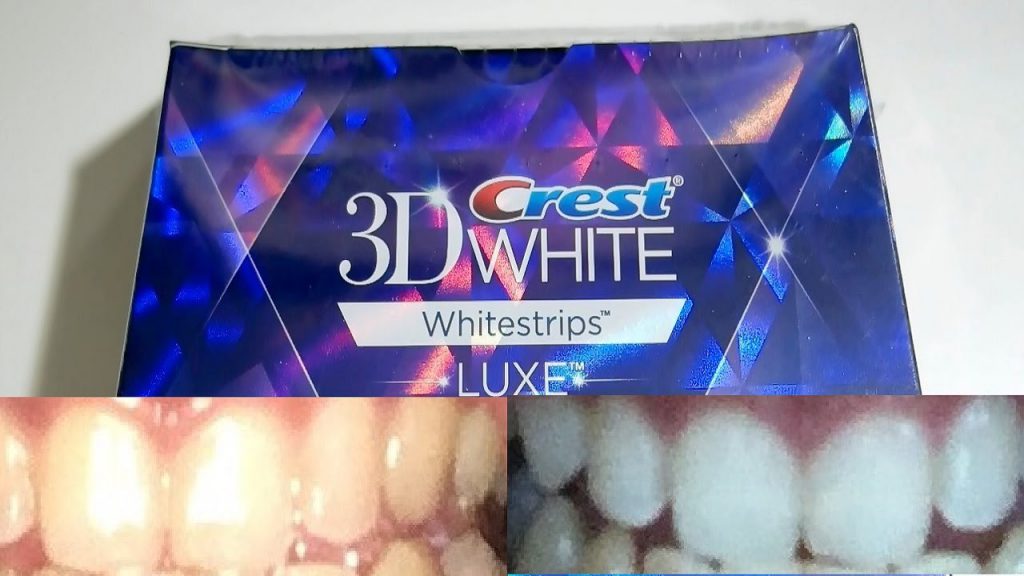What You Should Know About Teeth Whitening
Teeth whitening, which is also known as teeth bleaching, is a cosmetic process that aims to make the teeth appear white and shiny. Oxidizing agents, usually carbamide peroxide, are applied to the teeth and penetrate the enamel. Over time the peroxide destroys deposits which made the teeth appear darker.
The shade of the teeth is measured by a scale called Vitapan Classic Shade Guide, which has 16 shades. Whitening effects can vary from two to seven shades.
For the teeth that are not so white anymore because of normal wear-and-tear, there are basically three methods of achieving a beautiful white smile, some more successful than others. Teeth whitening can be done at a dental office, at home by the person himself or in a non dental whitening stations which are available in mall kiosks, spas and similar places.
The home method
At home procedures involve applying bleaching agent to the teeth and covering them with a thin mouth guard. You can use bleaching pen, bleaching gel or bleaching toothpaste which contained the lowest amount of peroxide and has the least effect.
Low concentration bleaching comes in a form of a gel with mouth guard tray. The tray needs to be worn for several hours a day for a period of 5 to 14 days. Results can vary depending on which product was used. Some see whiter teeth in a few days while others see very little difference. The problem lies in the trays which are not custom fit. Some teeth have access to the gel and some don’t.
Whitening can also be done by applying strips to the front teeth. The strips have the gel already applied and are usually used for the front teeth only. Strips are hard to apply to the back teeth and hard to keep in place. If the user wants to whiten his teeth slightly – one or two shades, these might do.
High concentration bleaching involves applying the gel to the teeth and wearing the tray for about 15-20 minutes. Then the tray is removed and the procedure repeats itself two or three times. It may leave the gums irritated and the teeth sensitive to hot or cold.
The kits vary is price and manufacturer. The results are not predictable and you are on your own. Sensitivity to hot and cold may last a few days.
The ADA recommends checking with your dentist before starting the teeth whitening process in the home setting, to insure there will be no allergic reaction and that you have no problems which have not yet manifested themselves in pain.
Light accelerated whitening method
Sometimes referred to as “laser” bleaching, it uses light energy to accelerate the process of bleaching. Most ‘power treatments’ can be done, with today’s modern technology, in about 30 minutes.Those treatments also use carbamide peroxide, in higher concentration than the do-it-yourself kits but not as strong as at the dentist’s office.
At the Dentist, method
In the dentist’s office, the concentration of the carbamide peroxide is the highest. Most procedures include painting the gums and the tip of the gums between the teeth with a light-cured protective layer to reduce the risk of chemical burn or irritation. A gel with up to 44% carbamide peroxide is applied. Those treatments last about an hour and for long lasting effect may have to be repeated.
The method is guaranteed, because the results are measured and predictable in most cases.
The KOR system is a bridge between the home method and the prolonged visits to the dentist. With the use of personally fitted trays; which is done in a short visit to the dentist’s office, the 16% carbamide peroxide is sure to get to every corner. Worn for 6 hours during sleep, the whitening action is prolonged and slow, causing no irritation. A visit to the dentist’s office will ensure you achieved your desired results. If not, a 34% Hydremide peroxide solution will be applied for a short time.
The effects of teeth whitening can last several months and depend on the lifestyle of the person. Smokers and heavy coffee or tea drinkers might see their stains come back faster than the others.
What You Should Know About Teeth Whitening by Mark Regenold



